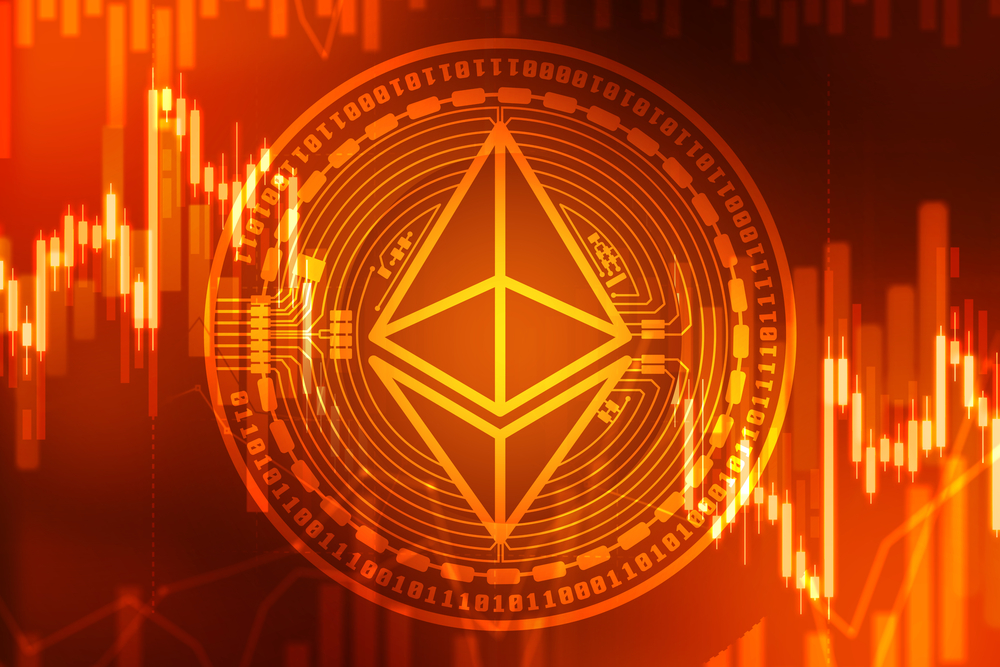Ethereum developers are working on various improvements to bring the ecosystem back to a reliable state. One of the potential upcoming changes is known as ERC223. It is a slightly different Ethereum-based token standard compared to ERC20 and aims to solve issues the ERC20 standard has unwittingly introduced. The bigger question is how many existing tokens will be redeployed using ERC223 in the future.
What is ERC223 Trying to fix in the First Place?
Ever since the ERC20 token standard was introduced, virtually all Ethereum-based tokens successfully embraced this new standard without any issues. It appears the ERC20 standard has no glaring issues, but there are some drawbacks which need to be addressed. This is where the ERC223 standard comes into the picture.
The ERC20 standard suffers from being unable to handle incoming transactions through a receiver contract. That is not the biggest issue in the world, but it is something developers would like to see addressed. However, the bigger issue is how tokens can be sent to a contract not designed to work with such tokens in the first place. If that is the case, the funds could end up getting lost.
This is a more common problem than you may think. A recent Reddit post indicates roughly $400,000 worth of ERC20 tokens is stuck in limbo thanks to being sent to a “wrong” contract. Issues like these pose a big threat to the overall Ethereum ecosystem. Thankfully, it appears ERC223 will be able to take care of that problem as well, assuming the new standard is approved and introduced in the end.
The ERC223 standard would introduce a new function to the existing ERC20 standard to prevent accidental transfers from being fatal. Instead, there would an option to revert such transactions and eventually even block accidental transactions to random contracts altogether. It is a more than welcome solution to keep tokens from getting lost on the Ethereum network, that much is evident.
Assuming the ERC223 standard will become the new norm, all existing token issuers have some tough decisions to make. Converting from ERC20 to ERC223 is not possible through any convenient manner. Instead, all of the ERC20 tokens need to be redeployed under the ERC223 standard. This also means any trading platform listing said tokens will need to update their information and addresses. It will be a painstaking process, which may mean very few existing tokens will effectively be converted to ERC223 in the future.
A “more convenient” process, as pointed out by Alex van de Sande on Reddit, could be new tokens being created, which are backed by a contract holding the old tokens. This may be the most reasonable option for most projects, but only time will tell which of these options will be implemented. It is equally possible we will see some form of a “name resolution” for Ethereum-based tokens in the future. For now there is not an official course of action just yet.

